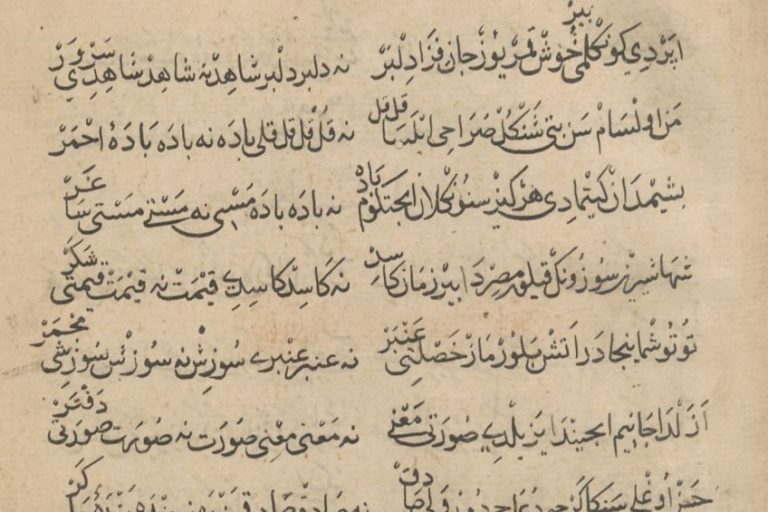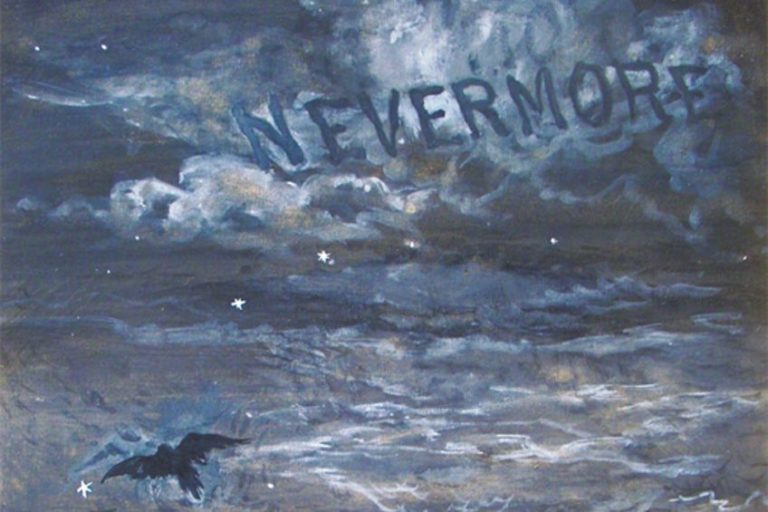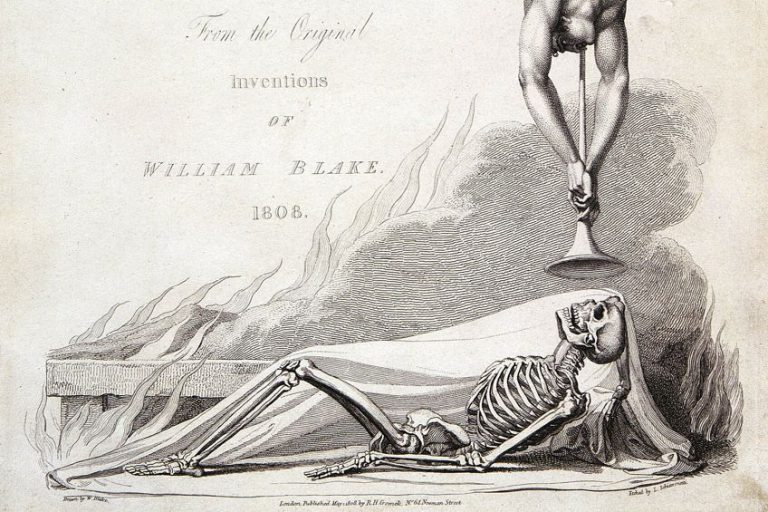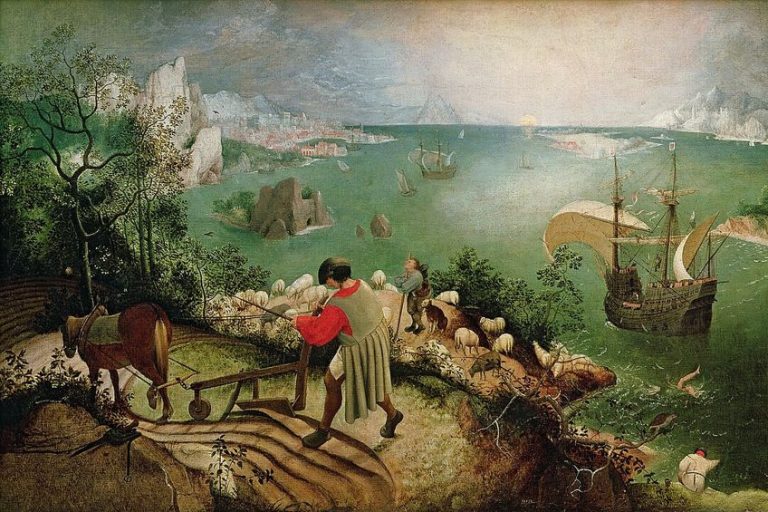Assonance in Poetry – Discover an Important Literary Device
Assonance is one of the most commonly used poetic devices, and that is why we are going to examine it today. This repetitive technique is found in many poems, and so we are going to discuss what assonance in poetry is in the first place, how it is used in both poetry and ordinary communication, how it differs from alliteration, and a handful of assonance poem examples. If you wish to know more about this particular poetic concept, you’re in the right place!
A Look at Assonance in Poetry
There are many different poetic techniques out there, and covering all of them could be seen as a fool’s errand. However, assonance in poetry is one of the best-known of all the poetic techniques out there. This is a technique that entails the repetition of vowel sounds. However, we will get into a more in-depth look at assonance in poetry soon, but before any of that, let’s have a quick look at a summary of it for those who may be in a hurry.
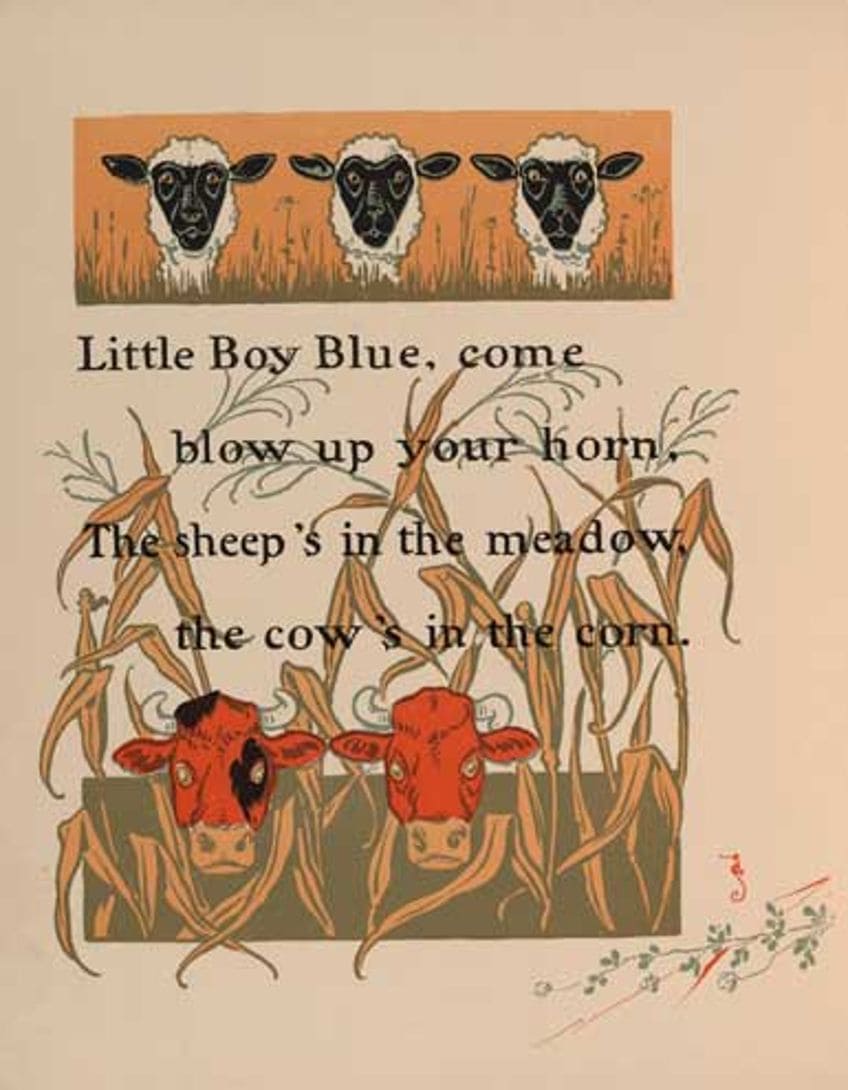
Summary of Assonance in Poetry
This is a short summary of assonance in poetry for those who may not have the time to read through this entire article. Hopefully, these few points can help those who need a quick refresher on the use of assonance in poetry.
- Assonance is the repetition of vowel sounds. That is the basic definition of this particular poetic device. It is not as common as something like alliteration, or at least not in its standard form, but it has still been extensively used by many poets over the centuries.
- Assonance is related to rhyme. While words that use the same vowels do not necessarily rhyme with one another, most rhymed words do share vowels. This means that there can be a certain relationship between rhyme and assonance that is not ordinarily acknowledged.
- Assonance is the opposite of consonance. While assonance is related to the idea of the repetition of vowels, the opposite is true of consonance. This is the repetition of consonant sounds. The most famous form of consonance is alliteration, and this is the term that is often used opposite assonance even though consonance is a better term here.
This has been our short little summary of assonance in poetry, but if you want a more comprehensive breakdown of this poetic technique, you’ll have to keep reading and see what more you can learn along the way.
We will start with what exactly assonance in poetry is in the first place.
A Definition of Assonance in Poetry
So, just what is assonance in poetry anyway? Well, it’s a very simple thing to understand and that’s probably why we even teach it to primary school kids. This is a figure of speech as well as being a poetic device that entails repetition. In this case, it entails the repeated use of vowel sounds. There are a total of five vowel sounds that can be found in the English language: a, e, I, o, u.

This means that there is a lot less space in many poems for this sort of repetition, but it does still happen. We can also see the repetition of vowel sounds as being connected to rhyme because a lot of rhyme entails the use of vowel sounds within consonant sounds. However, there could be arguments made for or against this kind of view.
The Uses and Purposes of Assonance in Poetry
Assonance has a number of uses that can be found in many assonance poem examples. We will have a more specific look at some of those examples in one of the sections below, but in general terms, what is the point of assonance? We already know that it entails the repetition of vowel sounds, but what does that do in a poem?
In simple terms, assonance, as a form of repetition, can create a certain rhythm within a text.
The use of consonants can often be a guide to how syllables are laid out, and so they play a strong role in the use of meter in a poem. This shows one of the most significant ways that assonance can be used. It creates a certain musical note that underpins the poem.

In addition to this, it can be used as a means of emphasis, which is common for many different examples of poetic techniques and such. It is useful for building and maintaining a certain mood. The use of certain vowels in certain places within a text could lead to a gloomier, angrier, and so on presentation. The use of assonance in poetry has many different functions, and, as has been mentioned, its relationship to rhyme also makes it one of the most repeatedly used types of poetic techniques in existence.
The Use of Assonance in Ordinary Language
While the main focus for today has been on assonance in poetry, this technique can be used outside of poetry too. In ordinary conversation, we often use vowel repetition. For instance, think of common expressions, like “chips and dip” or “keep your eye on the prize”. Both of these common expressions explicitly make use of assonance as a means of creating a kind of rhythmic quality.
This should show the versatility of this particular poetic technique. It’s used everywhere!
The Difference Between Assonance and Alliteration
When we are taught about assonance in school, we are also usually taught about alliteration. Teachers simply cannot help themselves! And, guilty as charged, that’s exactly what I’m doing right now and what I used to do when I taught assonance and alliteration! They always go together and that’s because assonance, as we have explored, is the repetition of vowel sounds.

So, it stands to reason that if we’re talking about vowel repetition, we should also talk about consonant repetition. That is what alliteration is. However, that’s not necessarily entirely correct. You see, the right term that we should be learning is “consonance.” This is also a form of repetition, but it instead entails the repeated use of consonant sounds, and it is the proper opposite of assonance. Alliteration, on the other hand, is technically the repetition of consonant sounds… at the beginning of words. Similar, but not the same thing!
Regardless of these pedantic musings, alliteration and consonance are used a lot more often, or at least more noticeably, in many poems. That is because we tend to see the repetition in a slavishly spaced statement (with an s repetition) over an old-fashioned oral pronouncement (with an o repetition).
We simply see the repetition of consonants more than we see the repetition of vowels.
A Few Assonance Poem Examples
When it comes to the simple question that we are attempting to answer today, namely, “What is assonance in poetry?”, we cannot come to a true answer without first having a look at several assonance poem examples to help illustrate why this poetic technique is used and what kinds of effects it can produce. This will be our focus below. We will have a look at three different assonance poem examples to investigate their use of this poetic technique.

The Tyger (1794) by William Blake
| Date Published | 1794 |
| Type of Poem | Lyric poem |
| Rhyme Scheme | AABB |
| Meter | Trochaic tetrameter |
| Topic | Spirituality |
The Tyger is one of the best-known poems from the Romantic Era, and an important text when looking at assonance in poetry. The reason for this is because there are many different examples of assonance used throughout the poem. For instance, the line “Tyger Tyger, burning bright” includes a repetition of the i sound. While “Tyger” uses a y, it reads as an i. However, we can find more instances of this technique in many other parts of the poem, such as the repetition of the o sound in “forests” and “of”. The many different uses of assonance in this poem are often used for highly rhythmic purposes.
This is one of the most common uses for this device in many assonance poem examples.

I Wandered Lonely as a Cloud (1807) by William Wordsworth
| Date Published | 1807 |
| Type of Poem | Lyric poem |
| Rhyme Scheme | ABABCC |
| Meter | Iambic tetrameter |
| Topic | Nature |
I Wandered Lonely as a Cloud is another fantastic assonance poem example because of its constant use of assonance. There are uses of it in the o sound in words like “wandered”, “lonely”, and “cloud”. However, the o sound comes to be reused many times throughout the poem, like the uses of “floats”, “o’er”, and “on”. The use of such an extensive array of assonance examples reinforces the beat of the poem and adds to the beautiful landscape that the poem is attempting to mentally paint for the reader to enjoy.
This kind of repetition of sounds in a poem can aid in the use of imagery as it draws the reader’s attention in a way that the lack of repetition simply does not.

The Bells (1849) by Edgar Allan Poe
| Date Published | 1849 |
| Type of Poem | Ode |
| Rhyme Scheme | Irregular |
| Meter | Trochaic meter |
| Topic | Human life |
The Bells is one of the many poems by Edgar Allan Poe that is noted for its fantastic use of a variety of rhythmic devices. This poem is not simply an assonance poem example, and it does use many other techniques, but assonance is a persistent one. For instance, the repetition of whole words reinforces the letters within them, for instance, “bells” is repeated multiple times throughout the poem. And when a word is oft repeated in a poem, it can be used to call attention to other elements of the poem that have similar sounds, such as the words “mellow” and “dwells”. The e sound is repeated in each of these examples of assonance in poetry. In this case, assonance can be used as a means of reinforcing a certain idea. This particular poem focuses on the image of the bells, and using language that calls attention to those same bells only serves to improve the image of said bells

Assonance is one of the best-known poetic techniques even though it tends not to be quite as well-known as its consonant sibling, alliteration. Regardless of this, we have examined a definition of assonance, how it is used in ordinary and poetic language, the difference between this technique and alliteration, and a few assonance poem examples. All of these different discussion points are ultimately in service to answering the big question here: “What is assonance in poetry?”. Hopefully, this article has answered that question!
Frequently Asked Questions
What Is Assonance in Poetry?
This is a poetic technique and figure of speech. This is the term used to describe the repetition of vowel sounds. As there are only five vowels in the English language, a, e, i, o, u, this is not as common a device as something like alliteration. However, it is used for similar reasons and is present in numerous poems.
What Are the Uses of Assonance in Poetry?
There are many uses of assonance in poetry, such as creating a certain mood or rhythm. It adds to the musical quality of the poem as a whole and can be used as a means of emphasizing something within the poem. This technique can also be seen as related to rhyme, as many words rhyme through the use of the vowels within them.
Is Assonance Used in Everyday Language?
We do use assonance in everyday language alongside its use in poetic language. As assonance adds a certain pleasantness to the way we speak, many may wish to adopt a certain rhythmic quality to their speech. However, it may not be all that common, unless it is unintentional, because it does require some thought when used outside of common expressions.
What Is the Difference Between Assonance and Alliteration?
The primary difference between these two techniques is quite simple. Assonance entails the repetition of vowel sounds. Alliteration and consonance, on the other hand, are made up of the repeated use of consonant sounds. These two can be seen as opposites of one another in many ways. Alliteration is probably better known and more commonly intentionally used than assonance.
What Are Some of the Most Famous Assonance Poem Examples?
Many poets have made use of assonance throughout their careers. However, some of the best-known poems to make use of assonance include The Tyger (1794) by William Blake, I Wandered Lonely as a Cloud (1807) by William Wordsworth, and The Bells (1849) by Edgar Allan Poe. There are many other assonance poem examples worth reading though.
Justin van Huyssteen is a freelance writer, novelist, and academic originally from Cape Town, South Africa. At present, he has a bachelor’s degree in English and literary theory and an honor’s degree in literary theory. He is currently working towards his master’s degree in literary theory with a focus on animal studies, critical theory, and semiotics within literature. As a novelist and freelancer, he often writes under the pen name L.C. Lupus.
Justin’s preferred literary movements include modern and postmodern literature with literary fiction and genre fiction like sci-fi, post-apocalyptic, and horror being of particular interest. His academia extends to his interest in prose and narratology. He enjoys analyzing a variety of mediums through a literary lens, such as graphic novels, film, and video games.
Justin is working for artincontext.org as an author and content writer since 2022. He is responsible for all blog posts about architecture, literature and poetry.
Learn more about Justin van Huyssteen and the Art in Context Team.
Cite this Article
Justin, van Huyssteen, “Assonance in Poetry – Discover an Important Literary Device.” Art in Context. December 5, 2023. URL: https://artincontext.org/assonance-in-poetry/
van Huyssteen, J. (2023, 5 December). Assonance in Poetry – Discover an Important Literary Device. Art in Context. https://artincontext.org/assonance-in-poetry/
van Huyssteen, Justin. “Assonance in Poetry – Discover an Important Literary Device.” Art in Context, December 5, 2023. https://artincontext.org/assonance-in-poetry/.




